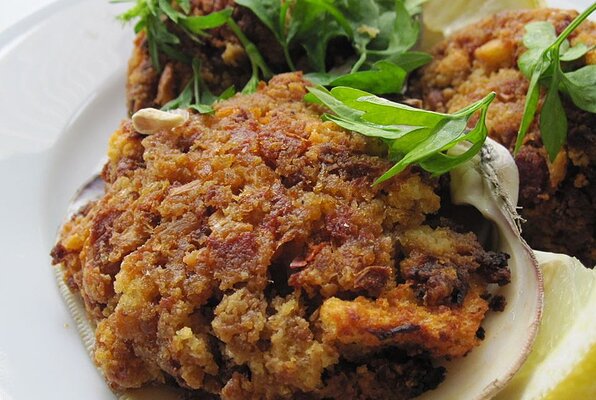About
Quahog is an edible marine bivalve mollusk that is native to the eastern shores of North America and Central America from Prince Edward Island to the Yucatán Peninsula
- Hard-shelled clams found in estuaries along the Atlantic Coast
- Their name, "quahog," is a variation of "poquauhock," (po-qua-hock) the Native American name for this clam.
- Beads of quahog shell were used for currency in 17th century New England, called wampum.
- They bury themselves in sand or mud at the bottom of a bay and feed on microscopic plankton, which they gather by siphoning water over their gills, where the food collects, and then moves to the clam's digestive system.
- Quahogs, incidentally, helped save the Pilgrims from starvation.
Sizes
Hard shell clams have unique names based on the size of the clam.
- Chowder Clams: 4 to 6 inches wide - 2 to 3 per pound. These are really tough, and always used chopped fairly small in chowders and similar preparations.
- Cherrystone: 3 to 4 inches wide - 3 to 4 clams per pound. These are often eaten raw, and in prepared appetizers, particularly Clams Casino.
- Top Neck: 2-1/2 to 3 inches wide - 5 to 6 clams per pound. These are often eaten raw, or in prepared appetizers.
- Middle Neck: (Specials) 2 to 2-1/2 inch wide. Little Neck: 1-1/2 to 2 inches wide - about 16 per pound. These are usually steamed open and eaten with a light sauce or dip, often on the half shell.
- Pasta Neck: (Button, Spaghetti Neck) 1 to 1-1/2 inches - 22 to 25 per pound. These are quite tender, and traditionally steamed open and served whole, in the shell, over pasta and with a light sauce.
- Countneck: (Juveniles) under 1 inch.
Size the Clams
Drag the images of the clams to appropriate rectangle.
- Chowder Clams
- Cherrystone
- Top Neck
- Middle Neck
- Pasta Neck
- Countneck
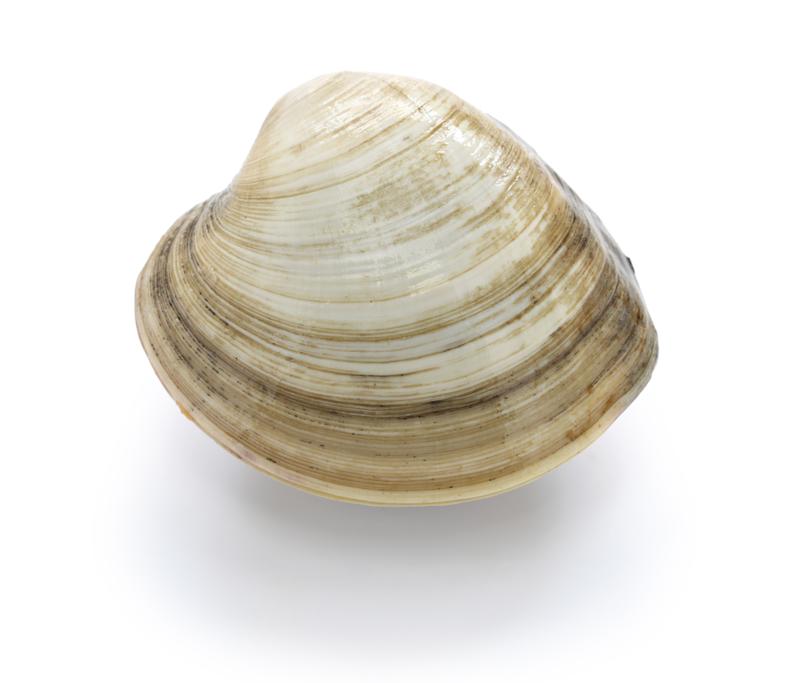





Gallery

×


×

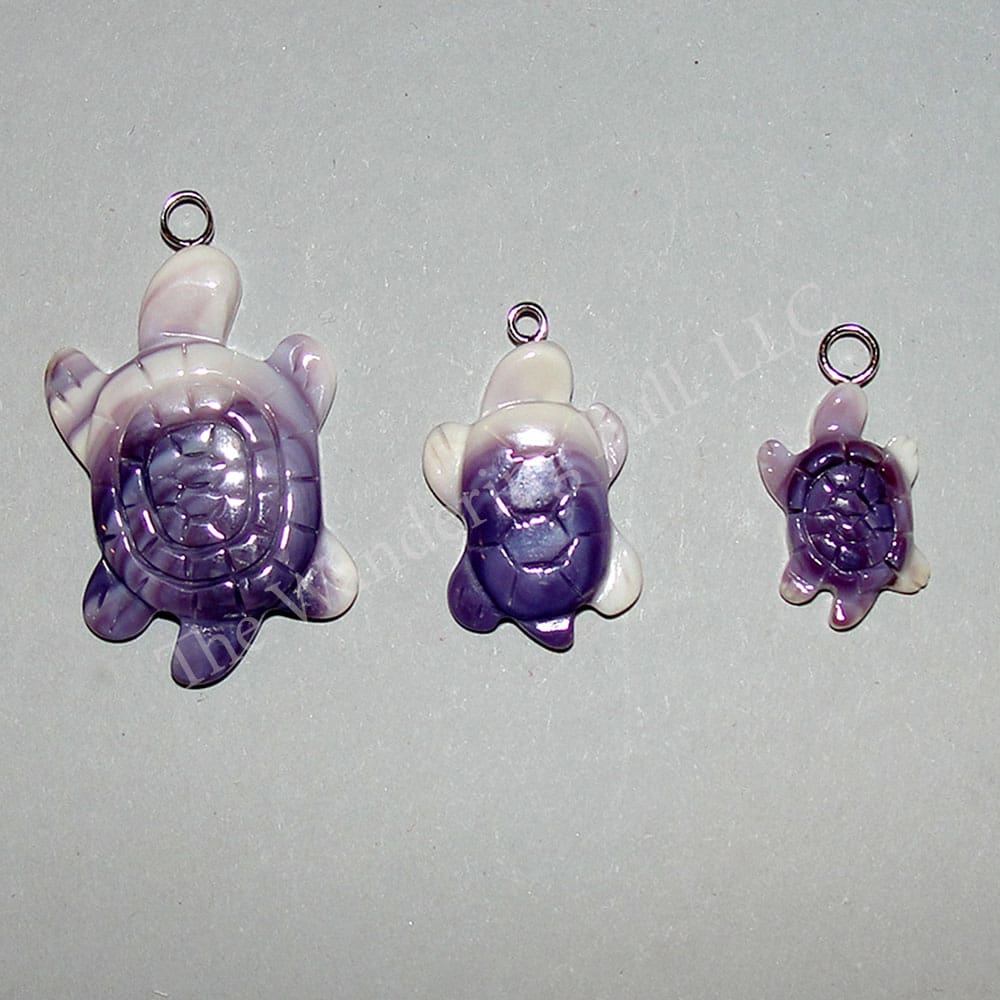
×

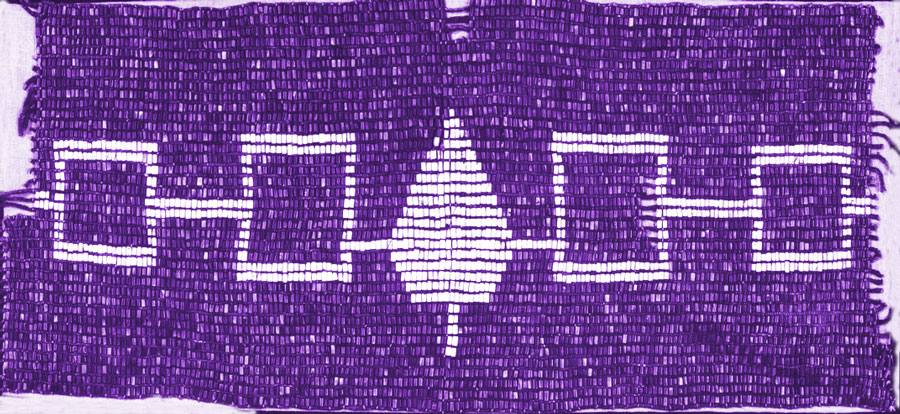
×


×

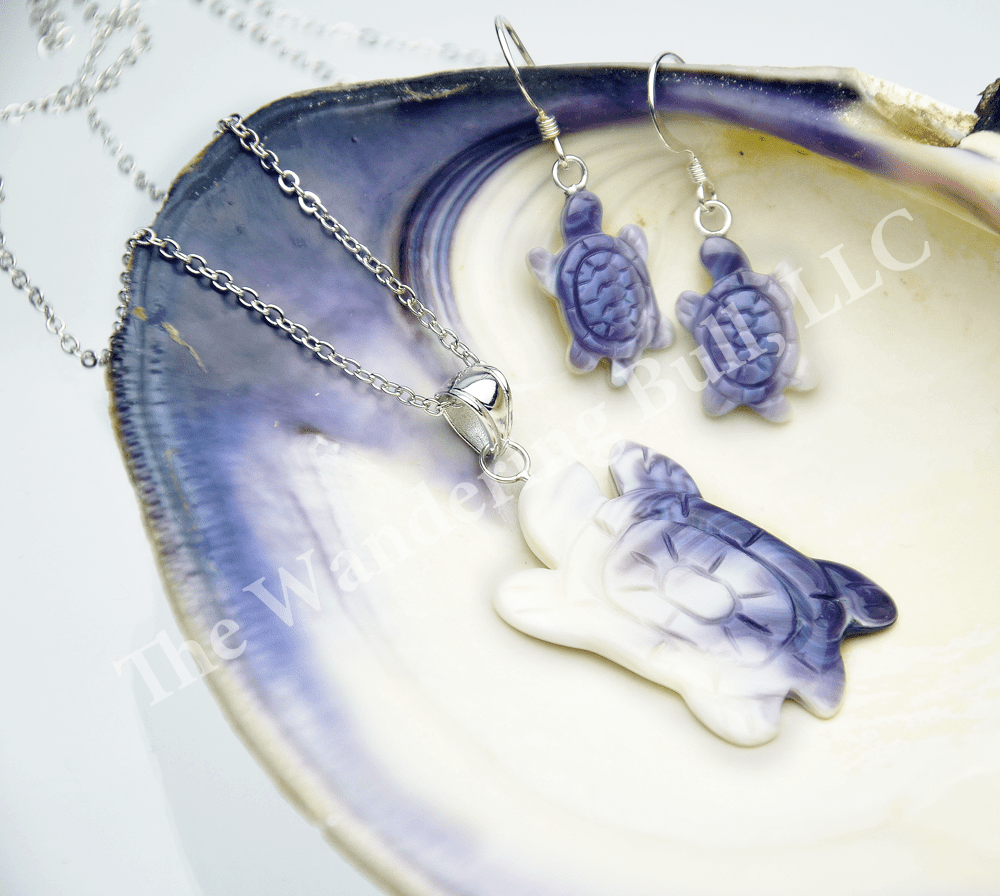
×

Recipes
Tim O'Toole's Famous Stuffed Quahogs
